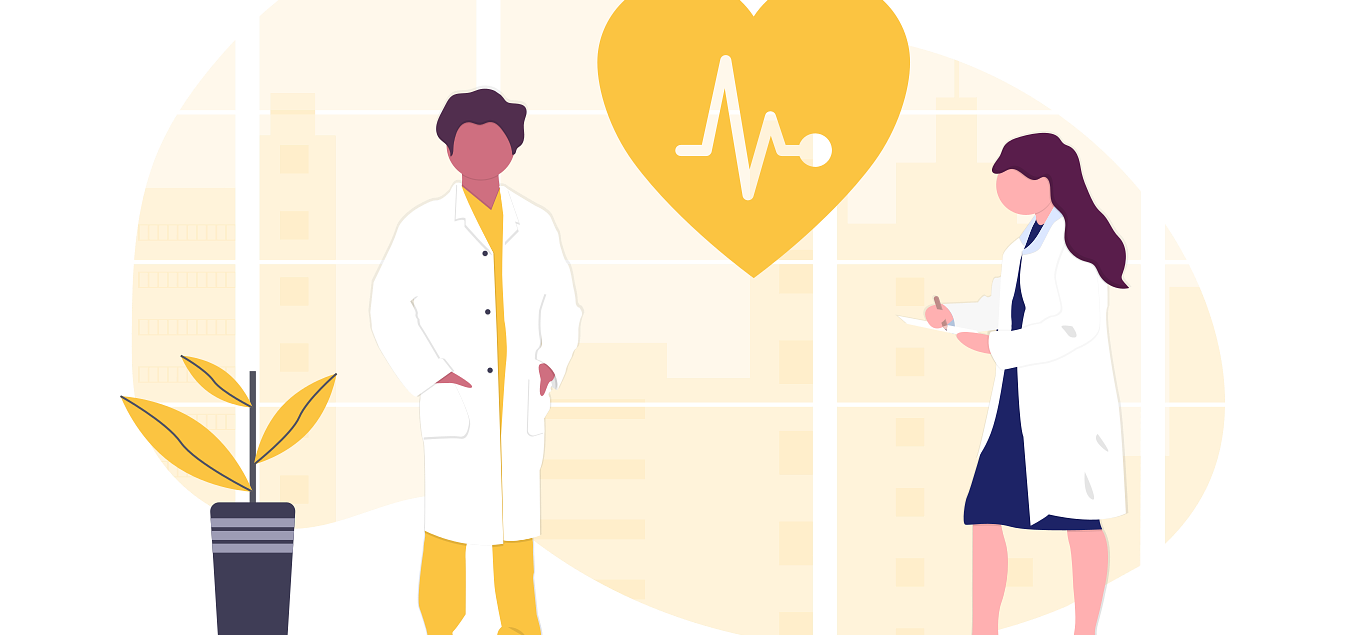EPOCH: Development of Robotic Personal Health Care Assistant. – Part 1
The healthcare system requires constant monitoring of the patient’s behavior and their record for proper diagnosis and speedy recovery. Most of the hospitals in India and worldwide are inefficient their performance due to human error and in ICU where human interference is limited. As premedical records of patients are unknown to most of the doctors those patients are more prone to misdiagnosis. Our system will have complete records about the patient with an electronic health system, which will be a bridge between a human and learning machine in hospitals even at home which is a novel in itself as this technology is never tried at this level of day-to-day life. Our system’s Electronic Healthcare Management Unit can get records from the patient autonomously and innovatively provide the best possible solution to refer to the patients and the doctors. It will work autonomously giving alerts to the patient about health condition by continuous monitoring him and give him alert beeps for medication timing. We are adopting a methodology of an autonomous self-learning robot, which will monitor a patient and provide them to the doctor when patient visits. Through history, robotics has been often seen to mimic human behaviour and similarly manage tasks. We are adopting highly efficient machine learning and artificial intelligence in our system. We are also interfacing these technologies with advanced sensors for analysis of real-time data to deliver accurate reliable and efficient performance making hospitals, homes better and results in a smarter infrastructure of a city and the nation
Inception
Medical robotics is causing a paradigm shift in therapy. Robotics is a field that has many exciting potential applications. It is also a field in which expectations of the public often do not match current realities. The rapid growth in medical robotics is driven by a combination of technological improvements (motors, materials, and control theory), advances in medical imaging (higher resolutions, magnetic resonance imaging, and 3D ultrasound), and an increase in surgeon/patient acceptance and robotic assistance. New uses for medical robots are created regularly, as in the initial stages of any technology-driven revolution. Truly incredible capabilities are being sought and demonstrated in research laboratories around the world.
However, it is very difficult to build a mechanical device (e.g. a robotic arm) that is comparable to a human’s limbs. It is even more difficult to build a computer system that can perceive its environment, reason about the environment and the task at hand, and control a robotic arm with anything remotely approaching the capabilities of a human being. In contrast to the industrial robots, first developed 50 years ago, to automate dirty, dull, and dangerous tasks, today’s medical and health-care robots are designed for entirely different environments and tasks, those that involve direct interaction with human users in the surgical theatre and the rehabilitation centre.
Commercial and research interest in medical and health-care robotics has seen substantial growth in the last decade. Robotic systems are being routinely used to perform surgery, resulting in shorter recovery times and more reliable outcomes in some procedures. Robotic rehabilitation systems are successfully delivering physical and occupational therapy, enabling a greater intensity of treatment that is continuously adaptable to a patient’s needs. Socially assistive robotic (SAR) systems are being developed for in-clinic and in-home use in physical, cognitive, and social exercise coaching and monitoring.
Enigma
We born, we live and at the end, we die that’s the truth. However, the quality of our life often correlates with our health, healthier we are the happier we can be. And we believe that is our ultimate aim of growing better and smarter. With this belief, we decided to make this world healthier, happier and smarter. Statistics says 1 in 20 adults is misdiagnosed because of improper medication, method of maintaining patients record and also because of human errors.
Medicine is not “one size fits all” some may trigger allergies, while others may react negatively with the previously prescribed drugs due to which patient can face a major health problem or even death. Patient identification and matching of the patient to an intended treatment are an activity that should perform routinely in all care settings. Risk occurs when there is a mismatch in between patient and components of their care. Throughout health care, the failure to correctly identify patients and match that information to an intended clinical intervention continues to result in the wrong person, wrong-site procedures, medication errors, and diagnostic testing errors. There is a lack of automation in-home and hospital regarding health care. Our robot “EPOCH: Personal Health Care Assistant” can save 12 million people worldwide from their huge problems and make doctors, hospitals, homes and world around us is infrastructure and the world smarter, happier and livable.
— Next part will cover more of EPOCH Model and Design.

